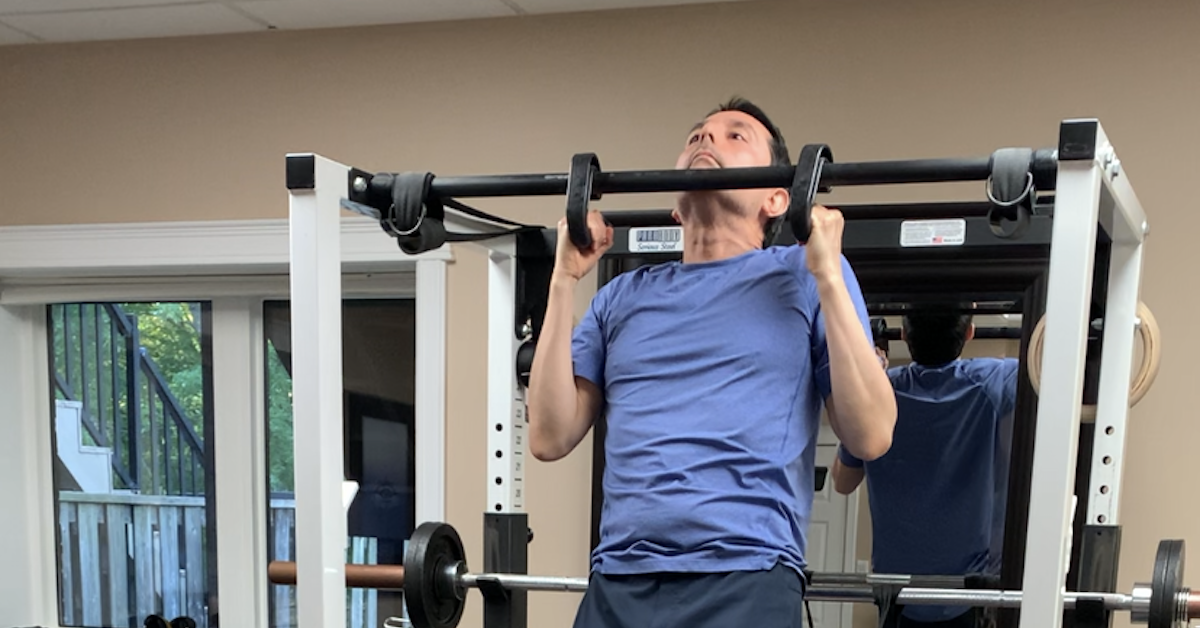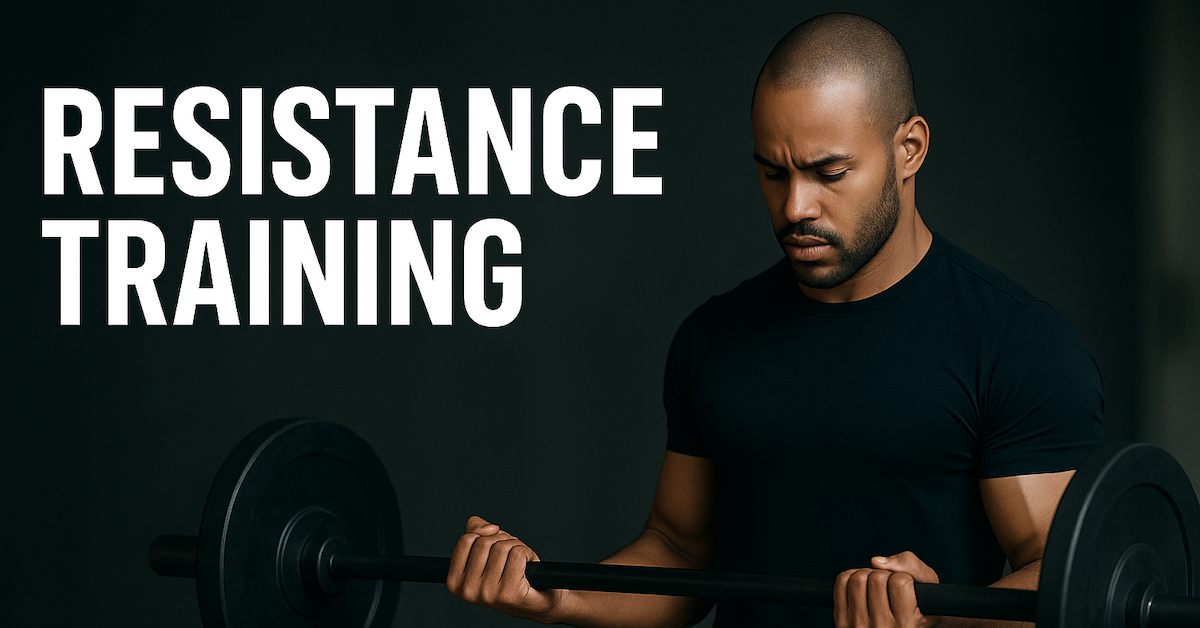Too often, research based on pathological populations is extrapolated and applied to healthy individuals. One common example is static core endurance training.
Here’s an excerpt from Shinkle et al., 2012 on the topic:
In sports, muscular demands vary greatly from athlete to athlete. This makes it very difficult to have one statement that will address all superiorities or inadequacies of the core. Currently, plank exercises are considered an adequate method of training the core for athletes to improve core strength and stability. The problem with these exercises is that they put the athletes in a nonfunctional static position that is very rarely replicated in the demands of sport-related activities. To train for the majority of sports, it requires a dynamic motion.
The same principle applies to static versus dynamic stretching, which I discuss in my Stretch for Strength video presentation. Flexibility is velocity-specific, meaning there’s little correlation between static and dynamic stretching. A martial artist, for example, might be able to kick you in the head but still struggle to reach his toes in a sit-and-reach test.
The Bottom Line
If you want to be flexible in motion, you must stretch in motion.
If you want to perform dynamically, you must train dynamically.
That said, both static and dynamic core training have their place:
✅ Static endurance training (e.g., plank and side bridge exercises) – for injury prevention
✅ Dynamic explosive training (e.g., cable woodchop, medicine ball throws) – for performance enhancement
Train smart and specific to your sport!
![Stretch for Strength [Video Presentation]](https://theelitetrainer.com/wp-content/uploads/2019/03/Stretch-for-Strength-Video-and-Slide-Presentation.jpg)
Stretch for Strength [Video Presentation]
Stretching isn’t just about flexibility—it can directly improve strength, performance, and resilience when done correctly. In this 104-minute video presentation, John Paul Catanzaro delivers one of the most comprehensive and practical explorations of stretching ever compiled. Includes a 101-page PDF slide deck with references.

From Zero to Two: Leo’s Chin-Up Breakthrough
When Leo began training with me in September 2024, our first goal was to improve body composition — lose fat,

Resistance Training Foundations: How to Progress Safely and Build Real Strength
Resistance training isn’t just for bodybuilders. Whether you’re just starting out, returning after a break, or training for performance, knowing

Neck Extensions Before Arm Curls: Unlock More Strength
When most people warm up for arm curls, they’ll hit a few light sets or maybe stretch out a bit.
follow
Error: No feed with the ID 2 found.
Please go to the Instagram Feed settings page to create a feed.
